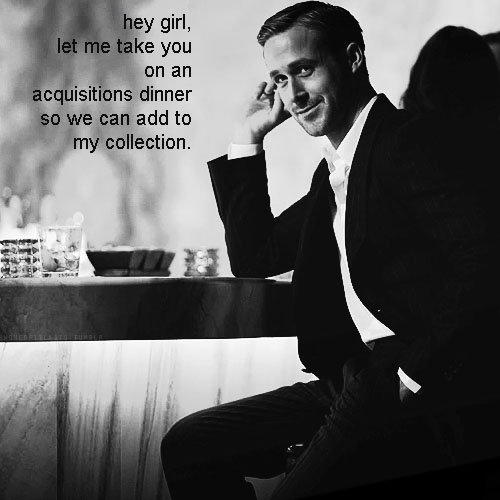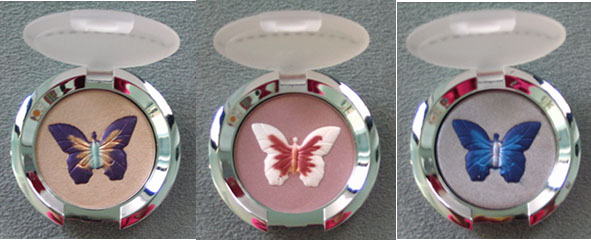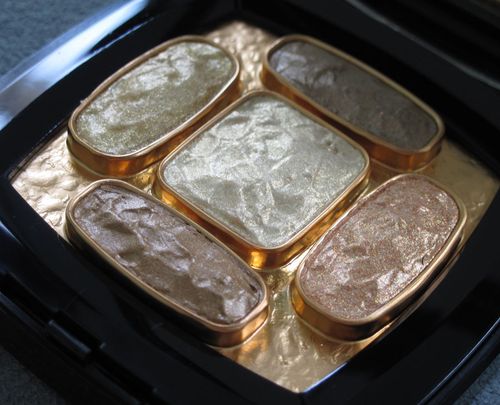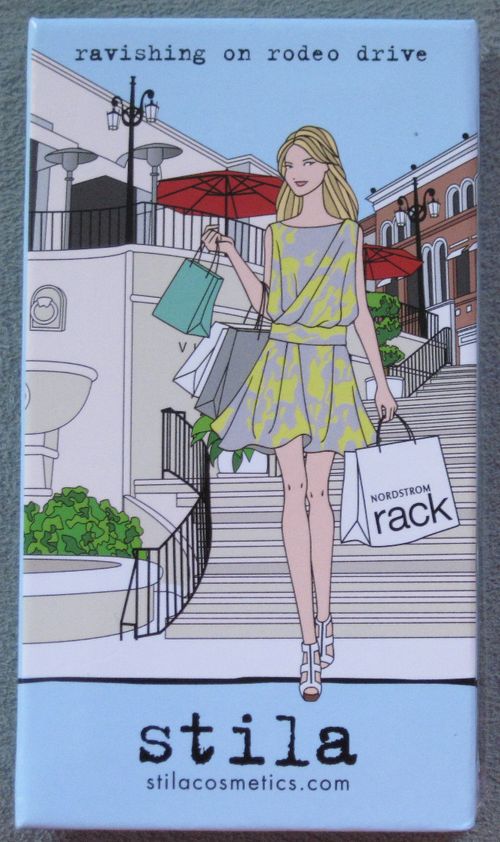Makeup Museum (MM) Musings is a series that examines a broad range of museum topics as they relate to the collecting of cosmetics, along with my vision for a "real", physical Makeup Museum. These posts help me think through how I'd run things if the Museum was an actual organization, as well as examine the ways it's currently functioning. I also hope that these posts make everyone see that the idea of a museum devoted to cosmetics isn't so crazy after all – it can be done!
 The inspiration for today's installment of MM Musings was a wonderful post at Worn Through on how a fashion museum decides on acquiring pieces for the collection. The author divides what gets acquired into three distinct categories: "the spectacular, the unique and the historically significant." The "spectacular" denotes high-end fashion and costumes – the showshopping pieces to which visitors will flock. The "unique" pieces are rare and hard to come by and therefore worthy of being acquired. Finally, the "historically significant" are those which represent an important historical moment or era. I'm using these categories to discuss how I determine what makes it into the Museum. How does the Curator choose what's worth acquiring and what's not?
The inspiration for today's installment of MM Musings was a wonderful post at Worn Through on how a fashion museum decides on acquiring pieces for the collection. The author divides what gets acquired into three distinct categories: "the spectacular, the unique and the historically significant." The "spectacular" denotes high-end fashion and costumes – the showshopping pieces to which visitors will flock. The "unique" pieces are rare and hard to come by and therefore worthy of being acquired. Finally, the "historically significant" are those which represent an important historical moment or era. I'm using these categories to discuss how I determine what makes it into the Museum. How does the Curator choose what's worth acquiring and what's not?
For contemporary cosmetics, the basis for collecting is slightly different than the categories outlined (I'd say for vintage cosmetics those three categories may hold, but that's a MM Musing for another day). The first category, "spectacular" does pertain in a way to today's collectible makeup. These are the pieces that are widely considered to be "too pretty to use" or have amazingly designed outer packaging – items that even people who have zero interest in makeup could appreciate. Examples of the spectacular in the Makeup Museum include Chantecaille's butterfly eyeshadows, Dior's Tailleur Bar palette, and Clé de Peau's Vintage Holiday highlighters.
As for unique, there are definitely some rare pieces. Makeup is a mass-produced commodity, of course, but some limited-edition items that were made in very small quantities available to only a lucky few. Museum examples are the Chanel Lumieres Bysances palette (of which only 1500 were made), Lisa Kohno for Shu Uemura Advanced Cleansing Oil (available only at select duty-free shops in Asian airports) and the Lancôme Bearbrick (available only as a gift-with-purchase in Asia, and to the first twenty people who bought something at the boutiques on a particular day).
But the last category of historically significant doesn't quite pertain to my collection. I don't own any makeup that was once used by famous people, and it's too early to tell how valuable (or not) the makeup I'm collecting will be to future generations. Will the items I collect now clearly represent the new millennium? Will people look back at these and have a better understanding of the era? We just don't know yet.
So, in addition to the "spectacular" and "unique", what other criteria do I use to decide which items are Museum-worthy? I'd say the decisions behind my acquisitions are very much art-based: 1. was the piece designed by an artist collaborating with the cosmetics company? Or 2. does the item remind me of a particular work of art? If I answer yes to either of these, chances are it's gained entry into the collection.
Another standard I use is whether I can visualize the piece in a future exhibition. Sometimes an item doesn't sweep me off my feet – it's unremarkable in its design and doesn't have any artistic meaning, and by itself appears somewhat drab. However, I might purchase it if I think it would round out an exhibition. It might not be the star of the show, but it's valuable in terms of helping to articulate a particular exhibition theme. An example of this is Laura Mercier's Gilden Garden shimmer bloc. It's the not the prettiest floral pattern on makeup that I've seen, but it definitely would be useful in a garden-themed exhibition (possibly coming next spring).
Finally, I admit I buy some things for the Museum just because they're cute. Case in point: all of the Stila girl palettes. I fell in love with the illustrations over a decade ago, and I haven't really recovered. I would dearly love to have an entire wing of a physical Makeup Museum devoted to them.
To summarize, to choose which items belong in the Museum, I use the first two categories outlined at Worn Through ("spectacular" and "unique"), along with two more: what I call "artistic merit" and, for lack of a better term, cuteness.
What do you think? Are these sound ways to decide what's Makeup Museum-worthy? What criteria would you use?
(first image from museumheygirl.tumblr.com)






I’m simply amazed. What a fantastic idea you’ve come up with. Makeup IS such a work of art, but how rare to actually have it in such pristine state. Keep up the great work. 🙂
I’m simply amazed. What a fantastic idea you’ve come up with. Makeup IS such a work of art, but how rare to actually have it in such pristine state. Keep up the great work. 🙂
Aw, thank you so much! I’m so happy you dropped by!!
Aw, thank you so much! I’m so happy you dropped by!!